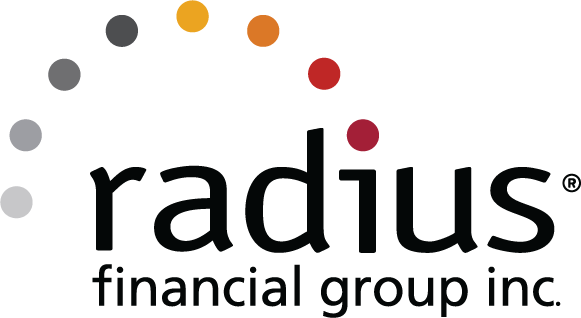Homeownership remains a top priority for the next generation of homebuyers. According to the 2019 COUNTRY Financial Security Index, those between the ages of 18-34 are prioritizing purchasing homes over paying off debt, traveling, and getting married. But just because homeownership is a priority, doesn’t mean it’s an easy feat. If you want to achieve your dream of homeownership, it pays to have a financial plan, and a few life hacks can’t hurt either. With that in mind, here are 9 hacks for owning your first home:
1. Get Inspired by the Goal
You might be more motivated to save money once you’ve visualized your dream of homeownership. Browse possible homes to get inspired, and imagine how nice it will be to own your own space and build equity. When you’re renting, your money goes into your landlord’s pockets, but when you’re paying off a mortgage, you are investing in something real. Plus, you can write off your mortgage interest and property tax payments every year, which you can’t do as a renter.
2. Create a Savings Account for Your Home Purchase
It will be easier to determine how much you’ve saved if you make an exclusive savings account for your future home. Start small, maybe adding $100 from each paycheck to the account, and gradually increase that amount as you get comfortable living with less. Remind yourself that it’s worth scrimping for a while in order to have a place of your own.
3. Get to Know Your Spending Habits
Keep a running list of your expenditures for the month, and don’t leave anything out, no matter how small. Even small purchases can add up. Group your expenses into two columns: “need to have” and “nice to have.”
If you’re already overwhelmed by this process or would like expert help, there’s always the option of hiring a financial advisor or planner who can provide expertise.
4. Cut Unnecessary Spending
Consider cutting down on things from the “nice to have” column, like eating out, extra clothes, vacations, and under-used subscriptions. For things you need, consider cheaper or free alternatives. Don’t feel like you have to stop doing all the things you enjoy, but think about limiting splurges to once a week or month.
See if you can refinance any car payments or student loans, and consider renegotiating your auto insurance. Even small reductions in these payments can lead to substantial savings.
5. Check and Improve Your Credit
Mortgage lenders will look at your credit score when determining whether to approve your mortgage application, so if you don’t know what you’re working with, it’s time to check your score. Some credit card companies will show you an estimate of your score for free on your monthly statements or through their online banking. You can also request your credit score once annually from each of the big three credit agencies: Experian, Equifax, and TransUnion.
If your score is 670 or higher, you’re considered a prime borrower and in pretty good shape. If your score is between 500-670, you might want to work on improving your score. And if your score is below 500, you’re going to have a difficult time getting approved for a mortgage loan, unless you significantly turn your credit around.
A few ways to improve your credit score include increasing your credit limit, paying your credit card bills and other loan payments on time, avoiding hard inquiries and major purchases, and having collection accounts removed.
6. Get Pre-Approved to Know Your Purchase Power
One of the first steps on the road to homeownership is getting pre-approved for a mortgage loan. Pre-approval can give you a better idea of your purchase power and how much you should be saving for a home. A pre-approval letter is typically included with an offer on a home and shows the seller that you are serious and have the financing to purchase the property.
7. Take on Side Gigs
If possible, consider taking on additional side gigs that can fund your home savings account. Depending on the nature of your primary employment, it could be possible to add side jobs into your schedule, such as dog walking, babysitting, selling things you don’t use, freelancing, Uber, DoorDash, and other types of part-time contract work.
8. Harness Technology to Increase Savings
There is an endless selection of apps and online tools that want to help you save money. A small sample of budgeting and savings apps include:
Although you still have to do the hard work of resisting impulse buys, apps like these can make saving more fun and help you build good habits.
9. Look into First-Time Homebuyer Assistance
You may find that you don’t have to save as much as you thought if you qualify for a government-backed loan or home-buyer assistance. With federal loan programs, including FHA, USDA, and VA loans, you don’t have to save up for a 20 percent down payment. With an FHA loan, you can put as little as 3.5 percent down, and with a USDA or VA loan, you have the option of zero down payment. There are also a variety of state programs that can help first-time homebuyers with their down payments, closing costs, and other home-buying expenses.
Take the Next Step Toward Homeownership
If you’re able to look at the home-buying process as more of a fun challenge than a treacherous journey, you might find it enjoyable. For more advice from loan officers on navigating the first-time home-buying process, check out our mortgage preparedness e-book.


